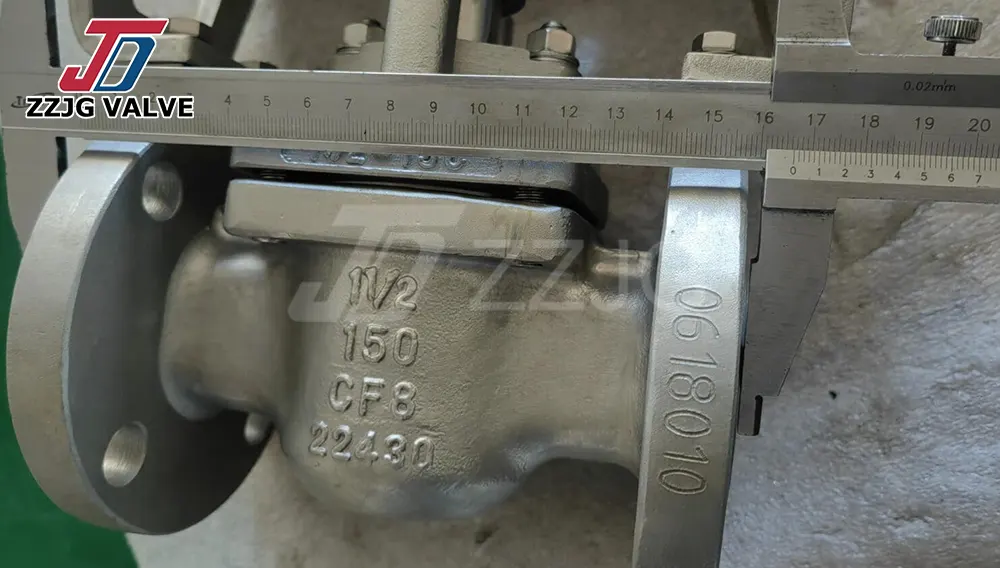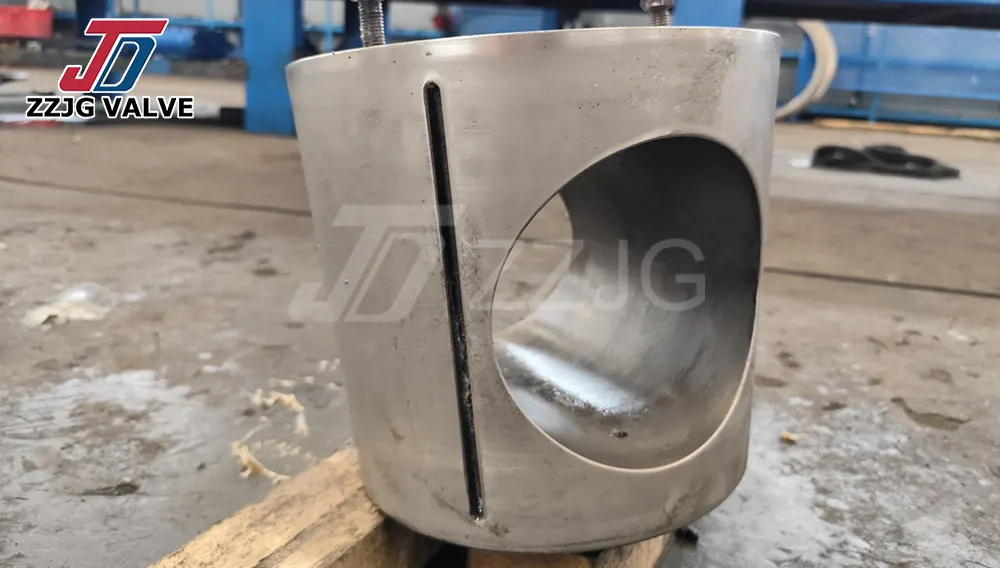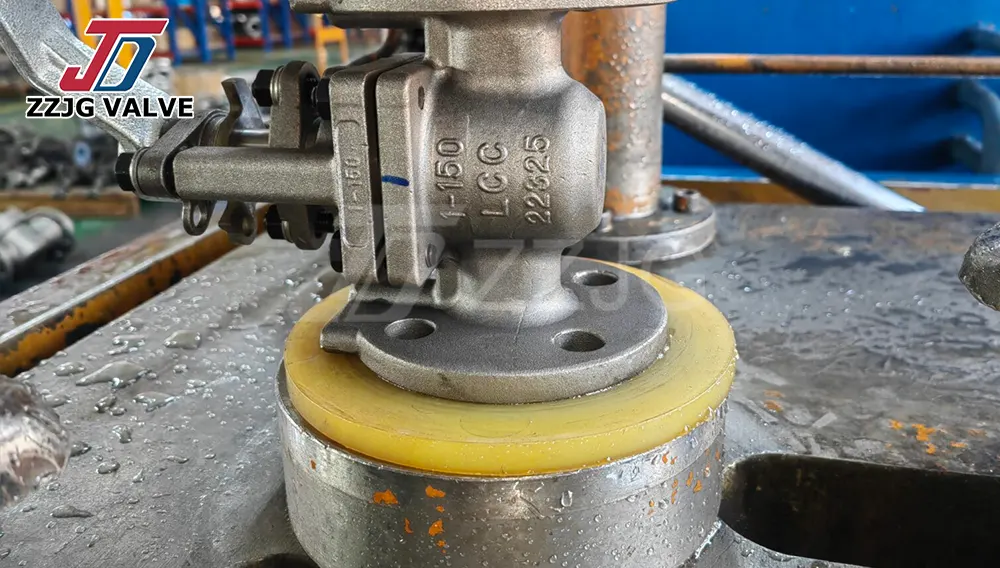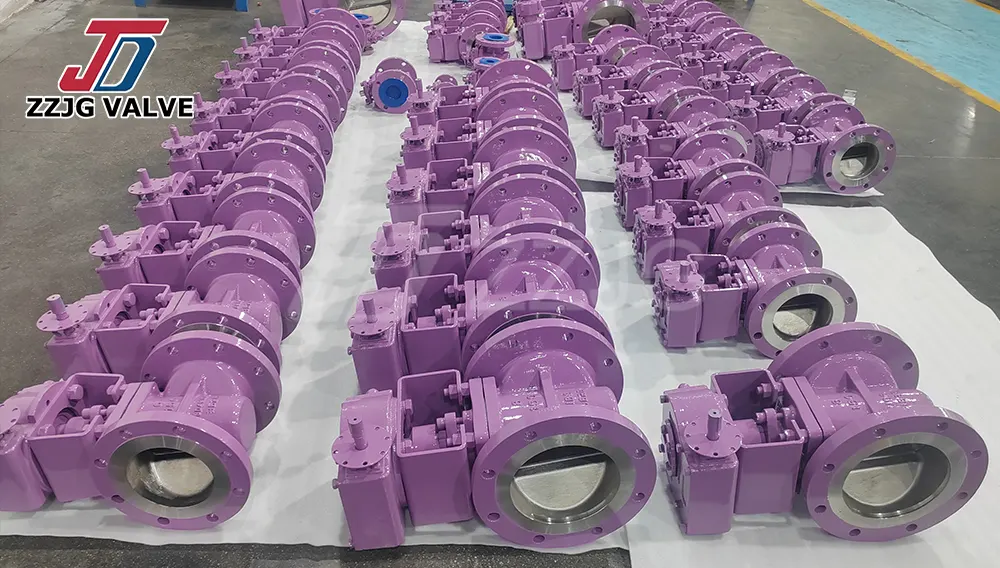5 Must-Check Parts When Inspecting Plug Valves
In industrial pipeline systems, plug valves are widely used in petroleum, chemical, electric power, water treatment and other industries due to their simple structure, good sealing, and rapid switching. However, after purchasing plug valves, many users often only pay attention to the appearance and basic functions, ignoring the acceptance details of key parts, resulting in leakage, jamming and even valve failure in later use.
In fact, valve suppliers usually do not actively remind users which key points should be paid attention to during acceptance. Today, we will reveal the 5 core inspection parts of plug valve acceptance to help you avoid potential quality risks and ensure the long-term stable operation of the valve.
1. Valve body and sealing surface: whether there are casting defects or damage

The valve body is the core pressure-bearing component of the plug valve. Its material and casting process directly affect the pressure resistance and service life of the valve. During acceptance, the following should be checked:
1.1 Surface quality: whether there are casting defects such as sand holes, pores, cracks, etc. on the surface of the valve body, which may cause the valve to rupture under high pressure.
1.2 Smoothness of the sealing surface: The sealing surface of the plug valve (the contact surface between the valve seat and the plug) should be smooth and flat, without scratches or corrosion. You can use a flashlight to observe and ensure that there are no visible defects.
1.3 Whether the material meets the requirements: Check whether the valve body material (such as cast iron, cast steel, stainless steel, etc.) is consistent with the contract to avoid suppliers from selling inferior products as good ones.
Tips: Scratch the sealing surface gently with your fingernails. If it feels rough or has obvious bumps, it means that the processing accuracy is insufficient, which may lead to poor sealing.
2. Plug (valve core): Whether the rotation is flexible and the seal is reliable

The plug is the core moving part of the valve, and its quality directly affects the switching performance and sealing effect of the valve. Attention should be paid to the following during acceptance:
2.1 Rotation flexibility: Manually rotate the plug to check whether it is smooth and unobstructed. If it is difficult to rotate, it may be due to insufficient processing accuracy or poor lubrication.
2.2 Sealing performance: When the valve is closed, inject low-pressure water or gas into the valve cavity to observe whether there is leakage. If leakage is found, it means that the plug and the valve seat do not fit well.
2.3 Surface treatment: The plug is usually plated or hardened (such as chrome plating, nitriding) to improve wear resistance. A magnet can be used to test whether the stainless steel plug is doped with low-quality materials.
Note: Some low-quality plug valves use ordinary steel that has not been hardened, which is easy to wear after long-term use, causing valve failure.
3. Stuffing box: a key part to prevent leakage

The function of the stuffing box (stem sealing part) is to prevent the medium from leaking from the valve stem. If the packing is improperly installed or the material is inferior, it may cause leakage and even cause safety accidents. Acceptance points:
3.1 Whether the packing gland is evenly tightened: Check whether the gland bolts are tightened symmetrically to avoid uneven packing sealing due to unilateral force.
3.2 Packing material: Commonly used packings include graphite, PTFE (polytetrafluoroethylene), etc. Inferior packing is prone to aging and hardening, resulting in sealing failure.
3.3 Whether the valve stem moves smoothly: repeatedly open and close the valve to observe whether the valve stem moves up and down freely without sticking.
Tip: If a slight leak is found at the stuffing box, the stuffing gland can be properly tightened, but excessive tightening will accelerate the wear of the valve stem.
4. Connection end: Whether the flange or thread is compliant
The connection methods of the plug valve are mainly flange connection and threaded connection. During acceptance, it is necessary to ensure that the interface meets the standard to avoid leakage or insufficient strength after installation.
4.1 Flange end surface flatness: Check whether the flange sealing surface is smooth, without scratches or deformation, and ensure that the gasket can fit tightly.
4.2 Thread integrity: If it is a threaded connection, check whether the thread is intact and undamaged to avoid biting or leakage during installation.
4.3 Bolt hole alignment: For flange valves, the bolt holes should be symmetrically distributed to ensure smooth alignment during installation.
Common problems: The flange thickness of some inferior valves is insufficient, which may deform under high pressure conditions, resulting in sealing failure.
5. Operating mechanism: Is the handle or actuator reliable?
The operation modes of the plug valve include manual (handle, gearbox) and automatic (electric, pneumatic). Its operability needs to be tested during acceptance.
5.1 Handle strength: The handle of the manual plug valve should be firm and without deformation, and the switching torque should be moderate to avoid inoperability due to handle breakage.
5.2 Gearbox lubrication: The lubrication of the valve with a gearbox should be checked to avoid difficulty in rotation due to lack of oil.
5.3 Actuator matching: For electric or pneumatic plug valves, the matching of the actuator and the valve needs to be tested to ensure that the switch is in place and the signal feedback is accurate.
Suggestion: When accepting pneumatic/electric plug valves, multiple switch tests can be simulated under actual working conditions to ensure no delay or jamming.
Summary: How to efficiently accept plug valves?

In order to ensure the quality of plug valves, it is recommended to accept according to the following steps:
1) Visual inspection: There are no obvious defects on the valve body, sealing surface, and connection end.
2) Manual test: Rotate the plug and stem to ensure flexibility without obstruction.
3) Sealing test: Perform low-pressure water pressure or air pressure test to check internal and external leakage.
4) Material verification: Confirm that the materials of key components such as valve body, plug, packing meet the requirements.
5) Operating mechanism verification: Manually or automatically operate the valve to ensure smooth and in-place switching.
By checking the above 5 key parts, the failure rate of the plug valve during use can be greatly reduced, the life of the valve can be extended, and the safe operation of the pipeline system can be guaranteed.
Remember: the details that the supplier will not tell you are often the source of quality risks! Spending 10 minutes to carefully check during acceptance may save you the cost of repairs in the next few months.
Previous: Fluorine-lined Plug Valve For Harsh Industrial Working Conditions
Recent News
- TA2 / Gr.2 titanium Plug Valve Manufacturer
- What Is a Three-way Plug Valve
- Philippine Long-term Customers Visit ZZJG Valve Factory
- Ukrainian customer visited ZZJG for inspection
- How To Choose The Appropriate Paint For a Plug Valve?
- Key Factors for Selecting Lined Plug Valve vs. Soft Seated Plug Valve